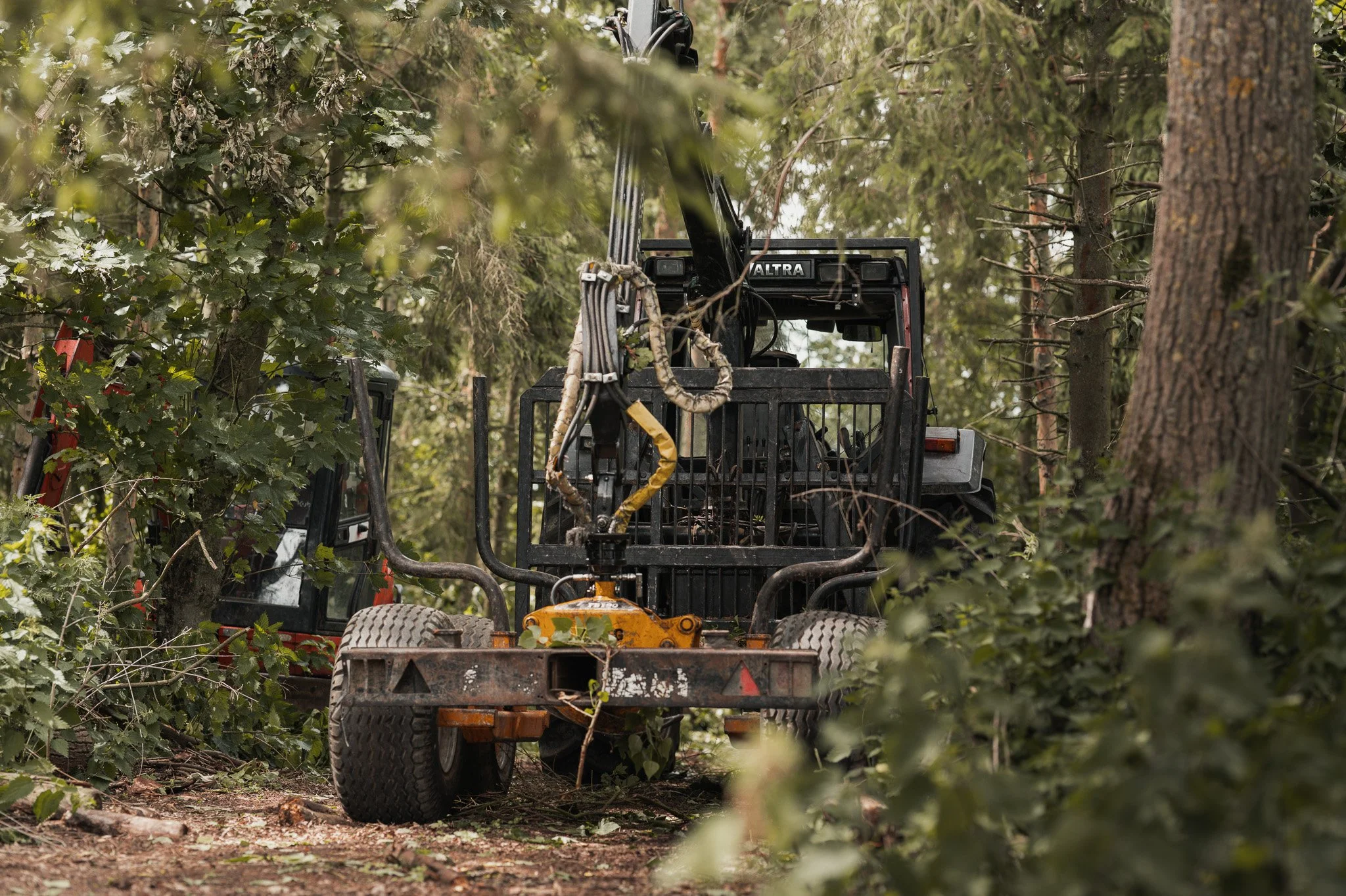
c o n s e r v a t i o n
Beckerings Park has become a strong example of how integrated land management and environmental stewardship can support biodiversity while maintaining productive land use. A range of conservation practices have been implemented to enhance wildlife habitats, encourage ecological balance, and support sustainable farming.
Woodland Management Scheme
A comprehensive woodland management scheme is in place to enhance the health and biodiversity of Beckerings Parks’ wooded areas.
This includes:
Selective thinning to allow light penetration, encouraging natural regeneration of ground flora and understory plants.
Deadwood retention for invertebrate habitats and nesting sites for birds and bats.
Control of invasive species, such as rhododendron or sycamore, to maintain native species diversity.
Planting of native trees to diversify the age structure and improve resilience.
These efforts not only increase biodiversity but also improve carbon sequestration and landscape aesthetics.
Grass Margins and Wild Bird Mixes
Field margins have been strategically implemented to create buffer zones between cultivated land and natural habitats.
These margins serve several key roles:
Pollution buffer: Reducing runoff of fertilizers and pesticides into adjacent habitats.
Insect habitat: Providing breeding grounds for pollinators and natural predators of crop pests.
Food and shelter for birds: Particularly important during winter when resources are scarce.
Specially sown wild bird seed mixes—including species like quinoa, millet, and sunflower—ensure overwintering birds have access to vital food sources, supporting farmland birds such as yellowhammers, linnets, and finches.
Pollen and Nectar Mixes
To support pollinators like bees, butterflies, and hoverflies, Beckerings Park has established dedicated plots with pollen and nectar-rich plants.
These areas:
Include a mix of perennials and annuals that flower at different times to provide a continuous food supply.
Support wild pollinators as well as domesticated bees used in nearby hives.
Contribute to crop pollination and the overall health of the ecosystem.
Overall Impact
These conservation efforts at Beckerings Park are aligned with agri-environment schemes and best practices in land stewardship. The combined use of natural habitat restoration, sustainable field margins, and targeted planting not only improves biodiversity but also enhances the resilience and productivity of the land in the long term.





